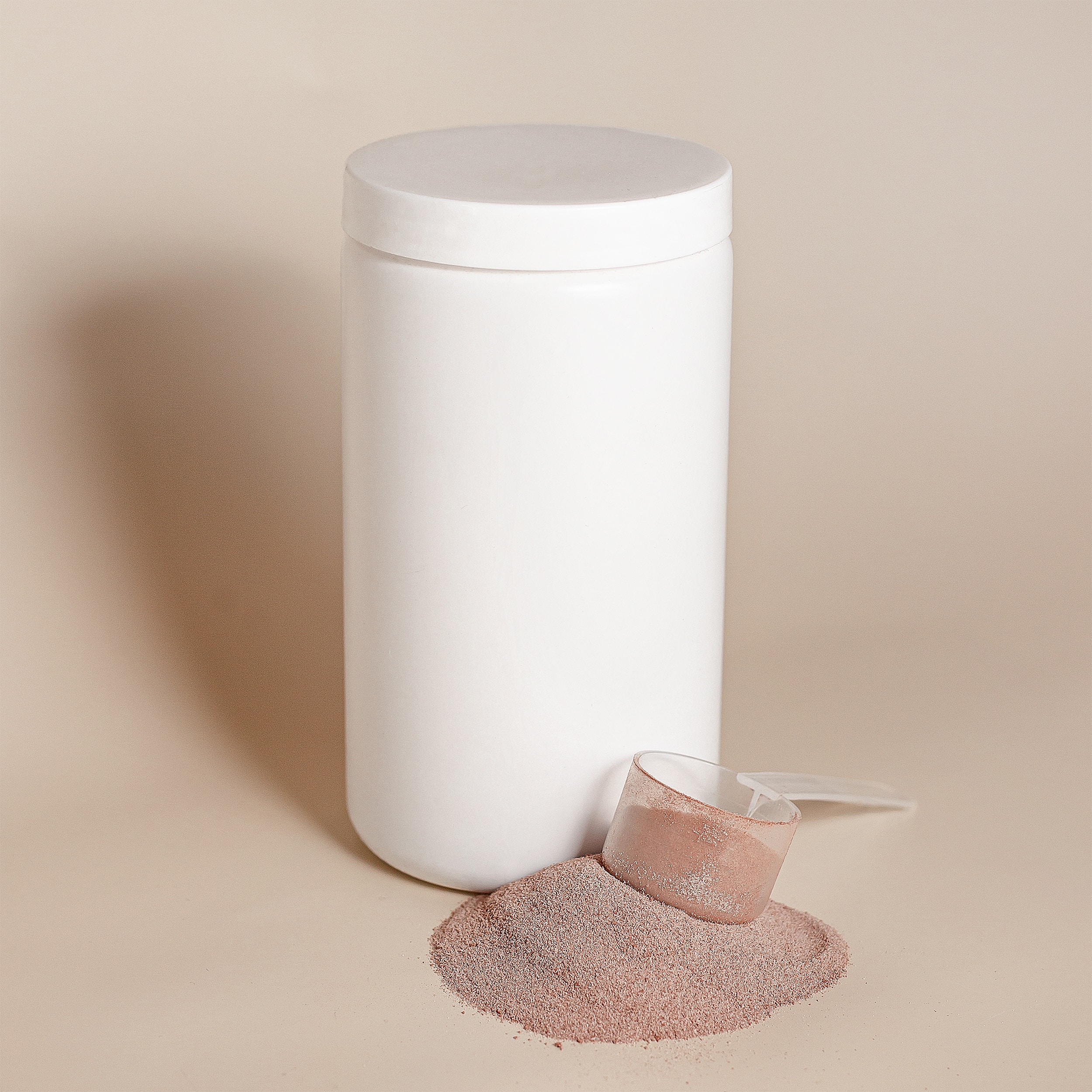
FUE vs FUT Hair transplant
1st September 2023
When you are considering a hair transplant, you may come across two frequently used terms — FUE and FUT. Both techniques are widely known due to their proven results, but which transplant option is best suited for you?
Deciding between the two procedures may lead you to pose specific questions. See below for the FUE and FUT methods, advantages, information and candidates we usually see for each type of transplant to give you an idea of which one may be more suitable.
What is an FUE hair transplant, and what does FUE mean?
FUE (Follicular Unit Excision) is a surgical procedure where individual hair follicles are removed from the back and sides of your scalp and then transplanted into the area where you want to see hair growth. The sides and back of your scalp aren’t generally affected by the androgen hormone called DHT. This hormone is a major cause of genetic hair loss, and this is why follicles from this area are used during the transplant process. Follicles are carefully selected from the donor areas and then transplanted through tiny incisions into the balding area of the scalp.
Although scars form, they are usually very subtle dots scattered over a large area, making it possible to conceal even with a cropped haircut. It is ideal where the patient needs or favours a shorter hairstyle, such as a No.1 or No.2 cut, or any hair characteristics that make the scalp easily visible. FUE can be a lengthy procedure as all the extractions are done individually and depending on the size of the transplant the surgery can spread over 2 days. The FUE procedure uses a local anaesthetic to numb the areas during the treatment, with most feeling minimal discomfort during the procedure. Plus, due to no stitches or invasive cutting, the recovery process is quick and usually fairly comfortable in the post-operative period, with many returning to usual activities within a few days. The entire procedure is very clean, and when complete, no bandages or dressings are applied
Take a look at the full procedure of FUE here – https://www.farjo.com/hair-loss-treatments/surgical-hair-loss-treatments/fue-hair-transplant/
What is a FUT hair transplant, and what does FUT mean?
Strip FUT (Follicular Unit Transplantation) takes a strip of hair-bearing skin from the back or side of the scalp. This strip is then microscopically dissected into the individual grafts and transplanted into the area where you want to see hair growth. FUT is more suited to patients suffering from very advanced hair loss who require large amounts of restoration and high graft numbers whilst their donor area remaining is small. Because this transplant removes a whole strip of hair-bearing skin, it results in a scar shaped like a linet and better suited to those who want to wear their hair longer. Examples include women and male to female transgender patients. This procedure will take all day depending on the size of the transplant. The patient is given a mild sedative and local anaesthetic in both the donor and recipient areas, just like with FUE.
The recovery time can be longer than FUE, with recovery being between 10 and 12 days. Pain medication will be prescribed if you experience any high levels of discomfort. Scarring with FUT will also be minimal but in the form of a linear scar from where the hair was taken. Once the treatment is complete and hair growth successful, this will be easily concealed with surrounding hair.
You can take a look at the full procedure of FUT here – https://www.farjo.com/hair-loss-treatments/surgical-hair-loss-treatments/strip-fut-hair-transplant/
FUE vs FUT
What is the difference between the two procedures, and which is right for me?
Scarring is the main difference between the two procedures. With the FUT procedure, a linear scar is slightly more noticeable in certain circumstances. However, with FUE and the individual follicles being extracted and transplanted, scarring is very small and minimal.
FUE, due to its nature and precise extraction, is the more expensive option, and it is also a slower procedure. Both transplant options achieve great results and offer permanent and natural-looking results.
Have you got further questions or want to know the next steps?
It is important to remember that there are no fixed costs with hair transplants, as each patient’s procedure will be slightly different, with the cost being calculated on the number of grafts needed to cover the treatment area.
Arranging a consultation with one of our experts at Farjo is the best way to select the correct procedure for you. During a consultation, we will discuss your goals, expectations, and desired results and will run through the best way to achieve your desired hair coverage and hairline.


